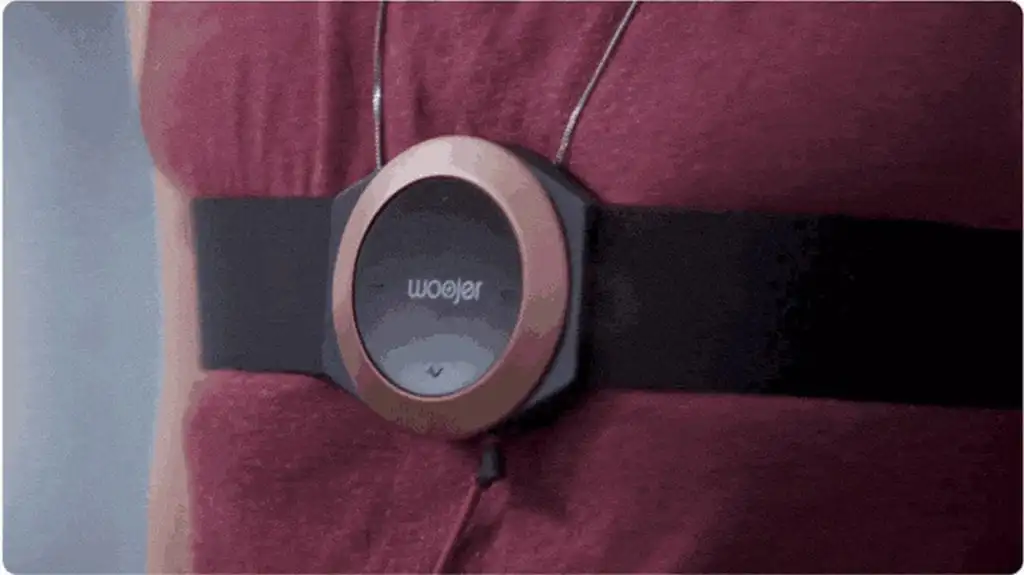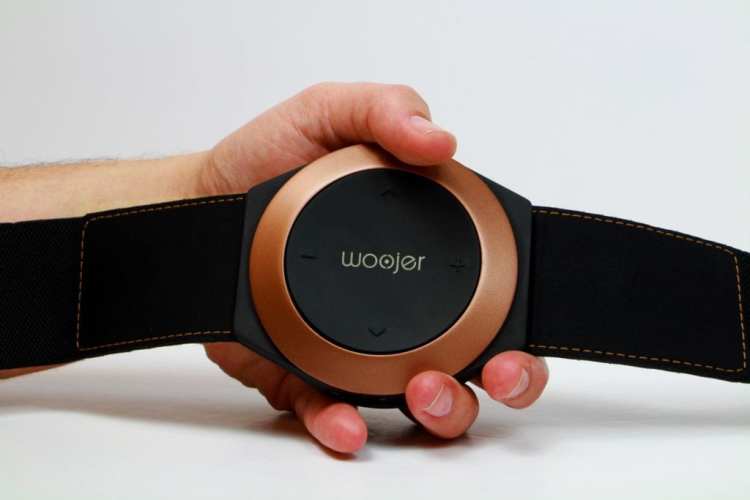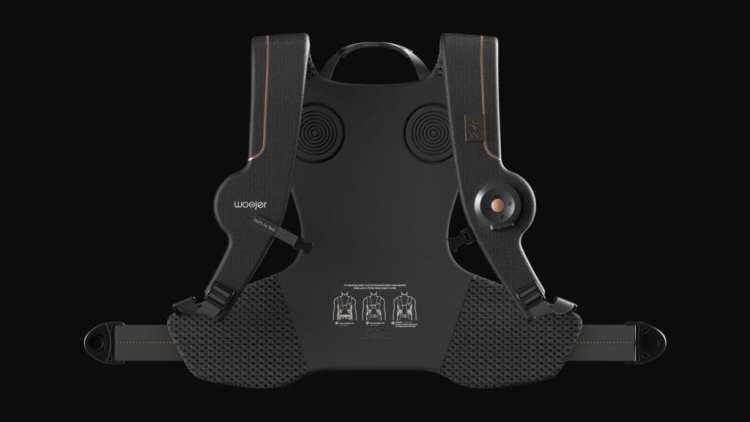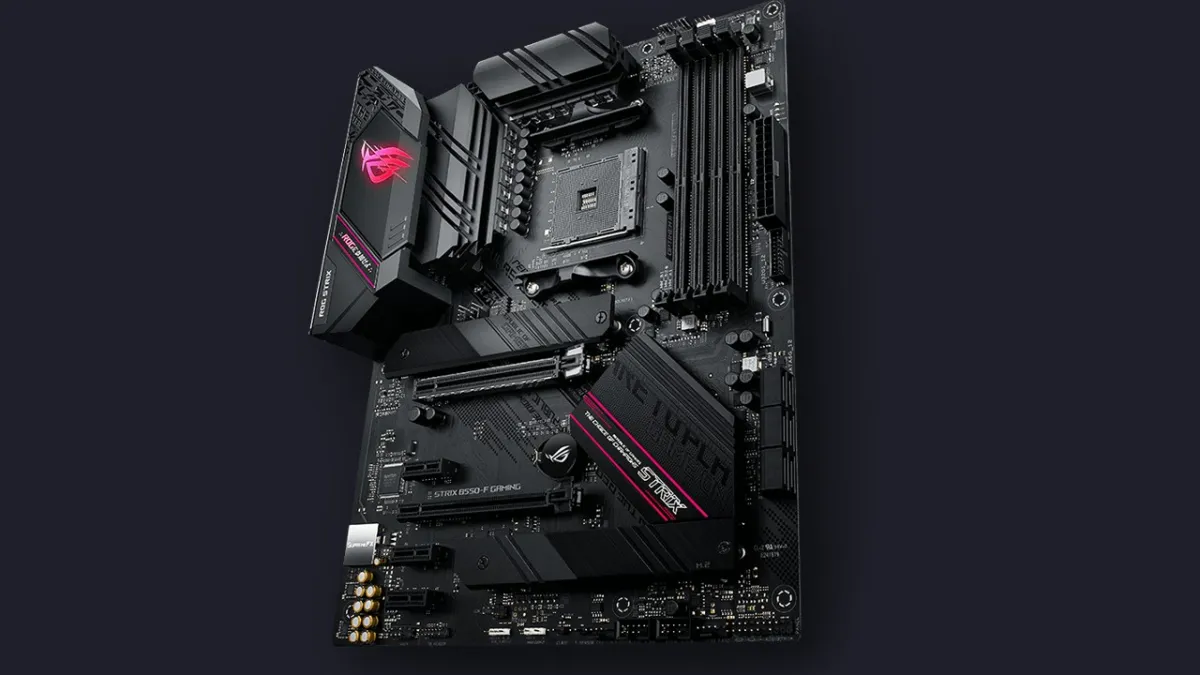It’s an experience that’s hard to put into words, but the Woojer haptic devices allow you to feel sound. Developed by Woojer co-founder and chief technology officer Mor Efrati, the Woojer Vest Pro delivers 7.1 surround sound straight into people’s bodies so that they can immerse themselves into music, movies, and video games like never before. The problem is, that vest costs about $800, which has mainly limited its use to VR arcades and other location-based experiences.
The high price point is an issue that the company is addressing with the Woojer Edge series of devices. Comprised of a small Woojer Strap Edge and a full Woojer Vest Edge, with a Kickstarter Early Bird price of $99 and $299 respectively, both are far more affordable than the Pro Vest while featuring updated haptic technology. The affordability helped push the Woojer Edge Kickstarter campaign far past its initial goal of $20,000. It sits at over $1.7 million at the time of this writing, with 6 days remaining in the campaign.
What is the Woojer Edge Strap and Vest?
Woojer devices feature a patented technology called oscillating frame actuators, which the company calls “Osci” for short. They read low-frequency audio signals such as bass the way speakers do but translate them into tactile sensations instead of pushing air. In essence, the devices let you feel the sounds that you’re listening to through headsets or speakers.
The Vest Edge is very effective for video games, especially first-person shooters, since the audio is usually engineered to provide positional cues. So, if an explosion goes off on your right, the Vest’s stereo drivers will deliver a more powerful sensation from that side.
“Audio is so good in entertainment these days that we just have to tap into what’s already there,” Ryan Origin, Woojer’s head of interactive, told PC Invasion. “But at the same time, because this technology focuses on transmitting frequencies into the body, it allows us to do exciting and novel things outside of wearables.”
No additional drivers are needed to make Woojer devices work. PC and Mac users can connect their systems via a USB-C cable and select the Woojer as their audio device for the best performance while also getting a sound amplifier for their headphones. Alternatively, wearers can use either the 3.5mm audio jack or the Bluetooth wireless connection. It’s also possible to have a little bit of both by connecting the Woojer to a wireless gamepad that has an audio jack on it.
After that, it will be a matter of adjusting the game’s settings – adjusting the game’s music and sound effect volumes – to optimize the device. According to Origin, people are generally accustomed to haptics, usually through smartphones and game controllers. However, these vibrations are rarely used to enhance audio experiences such as music.
The Woojer Strap Edge, which looks like an oversized belt buckle, can adequately turn sound into sensations with its single Osci driver, though it does turn the audio information into a mono signal. As such, the Woojer Vest Edge, with its stereo sound and six Osci drivers (two on the front, one on each side, and two on the back), delivers the best gaming experience. It can even track positional sound in virtual reality.
The Vest Edge costs considerably less than the Pro Vest mainly because its capabilities have been scaled down to stereo signals. However, Origin notes that most gamers, even the ones who purchased the Pro Vest at $800, tend to play games in stereo anyway.
Feeling the Woojer Edge
Woojer haptic devices face the same challenges virtual reality does, in that it’s difficult to describe the experience to those who haven’t tried it. Put simply, the devices enhance the low-end sound frequencies, especially bass, that are built into your audio experience.
“If I’m listening to textured ambient music with a lot of low end, a lot of long passages, and not a lot of changes, the haptics are going to enhance that,” said Origin. “If you’re listening to an insane dubstep tune, a similar thing will happen. The character, dynamics, and feeling of the experience will be enhanced. It comes down to the quality and makeup of what you’re listening to.”
The Woojer devices can’t necessarily differentiate between game sounds and music, so it will likely enhance the most prominent low-frequency sounds. Unlike headphones, where the only things that matter are clarity and volume, you’ll need to consider these inputs.
Since Woojer lets you engage with sound with a new sense, users will have different preferences depending on their comfort levels. Some will enjoy having the music in Grand Theft Auto V thump through their bodies. Others might prefer to limit the tactile sensations to sound effects. Fortunately, most games – including many indie titles created by small studios – will let you adjust the mix between the music and sound effects. Woojer devices also feature independent intensity controls that are separate from the headset volume.
“The fidelity has gone up,” said Origin. “The way to connect to devices is better, and the actual content is better. People are better at making music and video game sounds now than they ever have.”
However, the devices probably won’t give you any kind of advantage when playing games, such as feeling the sound of footsteps when someone is sneaking up behind you, unless it’s already something that’s designed into the game.
Origin cites Overwatch as an example of a sort of “play-by-sound” game. Audio engineers at Blizzard purposefully included subtle differences to the sound, like making enemy footsteps louder than allied ones so that players can quickly hear foes coming. So, games already employ different kinds of audio trickery to convince players that they’re in a 3D space. Additionally, engaging a third sense through haptics will automatically make users more aware of their game environments and the related audio cues.
The impact of spatial audio software such as Windows Sonic and Dolby Atmos will be different from game to game. Although Origin has not experienced a problem personally, he said that the effects can sometimes cut the low-end frequencies for sound to create a spatial effect, thereby decreasing the input to the Woojer device.
While some might think that cranking up the volume on their speakers or subwoofers could achieve much the same effect, Origin argues that a Woojer is a far more efficient way to experience sound. The devices would allow you to feel the sounds without blowing out your speakers, potentially damaging your hearing, or annoying your neighbors.
Getting Woojer Edge haptic devices
The Woojer Edge Kickstarter campaign ends on Oct 10, and Origin believes that spending $99 to play games with a Woojer Strap Edge is “almost impulse buy territory.” As a matter of fact, there are plenty of gaming headsets that cost the same or more.
“I think a lot of people are intrigued about whether this product does what we say it does,” said Origin, talking about the remarkable success the Kickstarter has seen so far. “They’ll be happy to find out that it does.”
The Woojer Edge devices will be available through retail outlets in 2020, but there’s no set date for the launch. Neither is there an MSRP set for it yet.
Although he understands why some may be apprehensive about putting money into a crowdfunding campaign, Origin said, “I think that anybody that does anything in gaming that has anything to do with audio would be well served with the Woojer Strap Edge. Even if you don’t know much about haptics, but [are] intrigued by it, you can try it for $99. The experience will vastly outweigh the amount of money you spend on it.”








